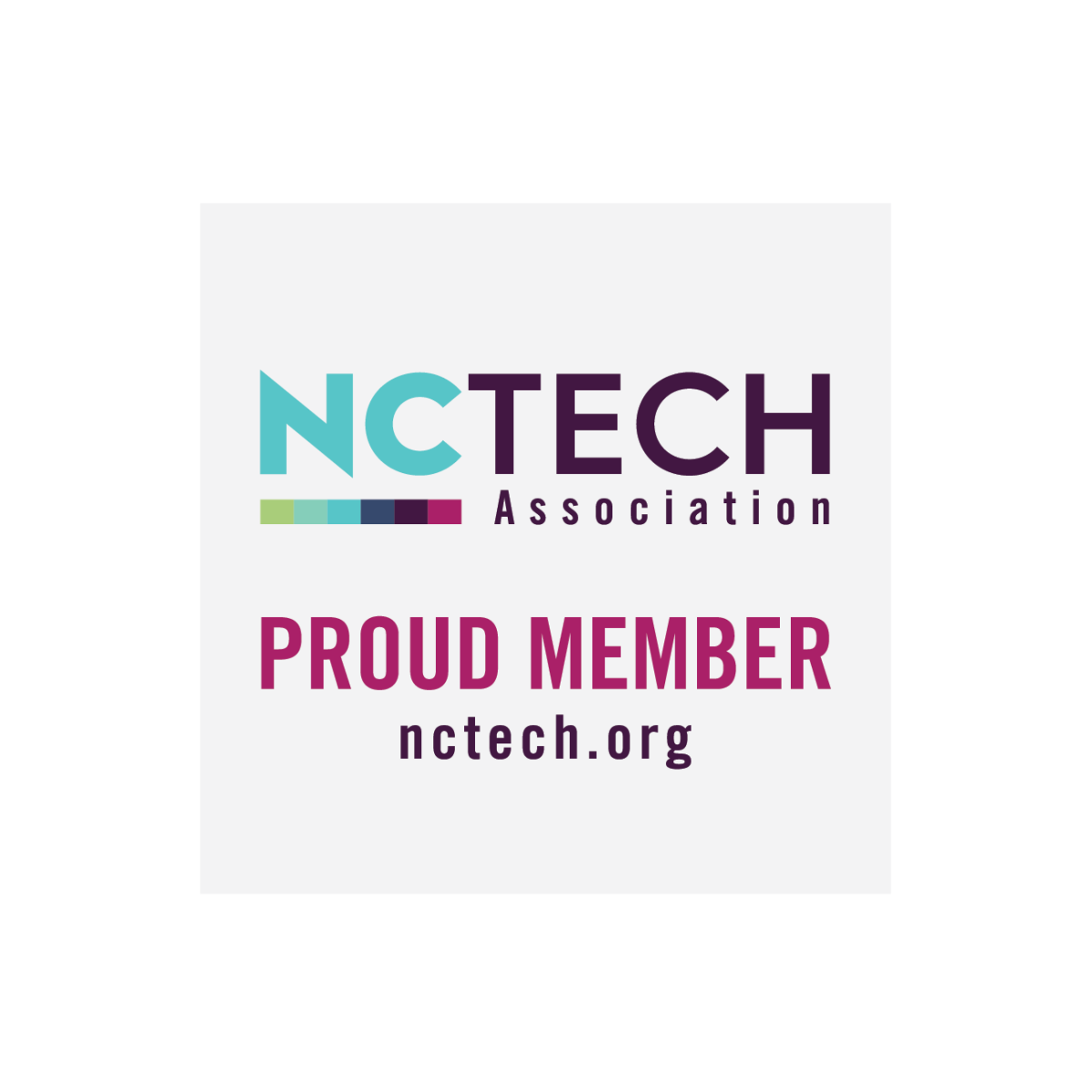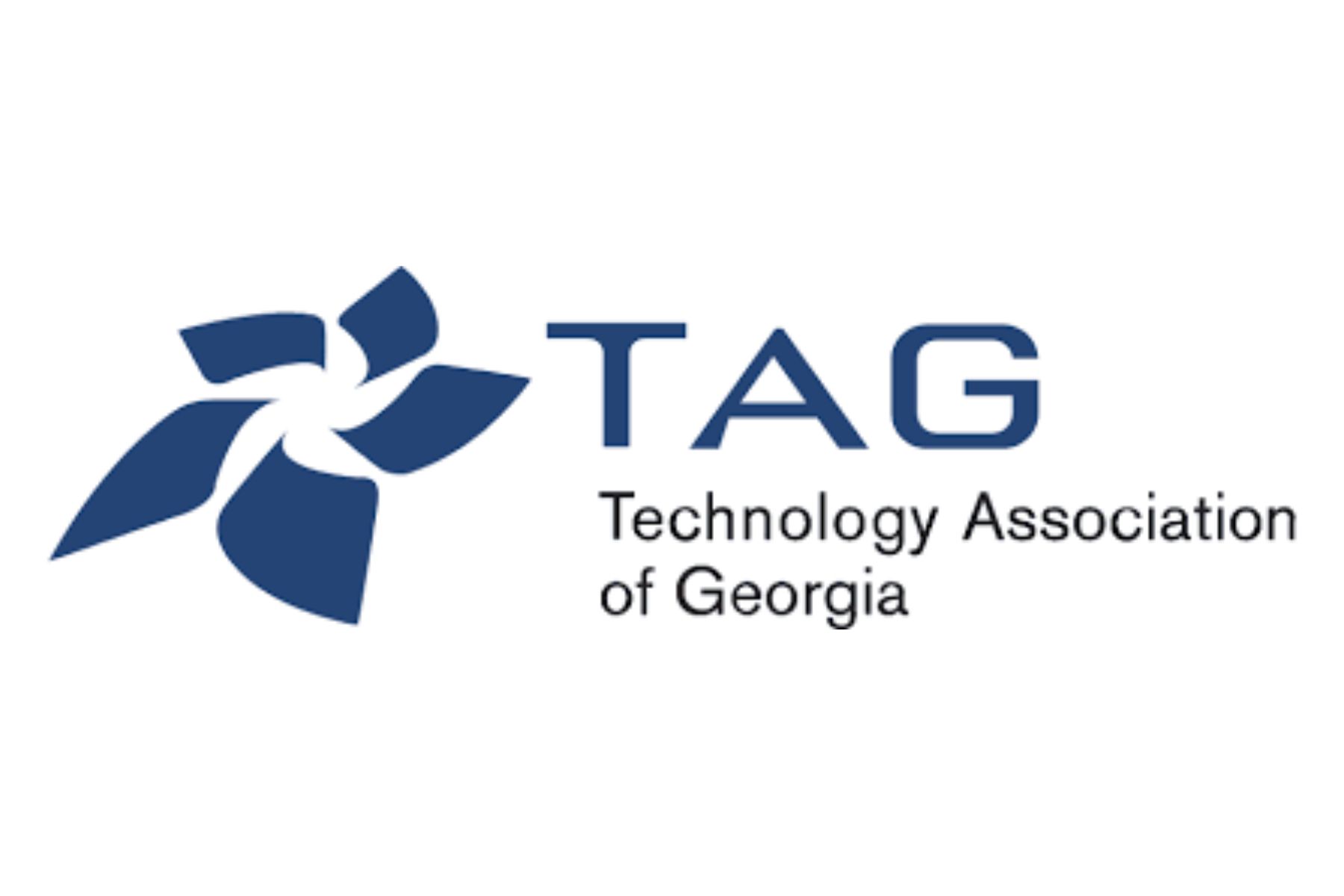It is estimated that there are hundreds of programming languages in use today. Whether you are already working in IT or looking to get into the field, you may be curious about which programs are currently trending and which ones are most in demand. A quick online search will produce numerous articles, lists, and indexes touting the latest statistics, trends, and predictions.
To help you in your search, here are three resources worth checking out: the TIOBE Index, the PYPL Index, and Stack Overflow’s annual developer survey.
The TIOBE Index and the PYPL Index both monitor and track the use of programming languages around the world and show you what’s trending—both up and down. Stack Overflow’s annual survey offers insights and views straight from developers themselves—more than 70,000—on various aspects of working in IT and what tools and programs they’re using and learning.
Let’s take a closer look at these three resources.
The TIOBE Index
The TIOBE index tracks the popularity of programming languages on a monthly basis and gathers data based on search queries by skilled engineers, training courses, and vendors, worldwide. Data from the 25 most popular search engines—Google, Bing, Yahoo!, Wikipedia, Amazon, YouTube, and Baidu, to name a few—is used to calculate the different rankings.
The TIOBE index reports on the most popular languages, but it does not report on what the best language is or which language has been used to write the most lines of code. The index ranks up to the top 100 languages, but it gives the most details on the top 20—like yearly comparisons and up and down changes in rankings.
Currently, the top four programming languages on the index are Python, C, Java, and C++. No matter where you are on your IT career path, the TIOBE index can help you see what is currently in demand and what you may want to focus on.
Popularity of Programming Language (PYPL) Index
The PYPL index is another index worth looking at. This index is created from analyzing how many times language tutorials are searched on Google and comes from analyzing raw data from Google Trends. The site shows the top 28 languages and their rankings. Similar to TIOBE, it shows current rankings as well as yearly changes in rank.
PYPL also offers a feature that lets you see how popular a language is worldwide or in a particular country. If you’re interested in even more data, they offer three other indexes.
According to PYPL, the four top programming languages right now are Python, Java, JavaScript, and C#, with Python being the most popular language worldwide. The PYPL index is another valuable tool in your job search.
Stack Overflow
Stack Overflow also gathers data, but their numbers are based on an annual survey of thousands of developers from all around the world. With more than 70,000 respondents, Stack Overflow’s survey provides an in-depth look into a variety of categories—all from a developer’s point of view. Categories include developer profiles, most popular languages, programs and tools they’re currently using, want to use, or dislike using, and what they’re learning to code.
According to Stack Overflow, JavaScript has been the most commonly used programming language for 10 years in a row. However, for those developers currently learning to code, the most popular programs are currently Python, JavaScript, and HTML/CSS.
Stack Overflow’s annual survey is worth a look if you want an in-depth perspective and opinions from those in the field right now. As with the two indexes, these survey results can help you on your quest for information and which programming language—or languages—to pursue.
Languages in 2023 and beyond
No one really knows what the more popular programming languages will be in 2023, but it’s safe to assume that many of the current popular ones will continue to be so—Python, JavaScript, Java, C++—but stay tuned to see what makes its way up and down the charts—you may be surprised. Some making their way up the charts this year already include Go, Rust, Ruby, TypeScript, Dart, Lua, Julia, and Scratch, in addition to several others.
At TMF, we are always looking for candidates skilled in not only the popular and in-demand languages like Python and JavaScript but also the more mature ones like COBOL that have been around for a while and are still in use today. Contact us or check out our current job listings for a list of available programming roles.
Resources
A guide about best IT skills to learn in 2023
















